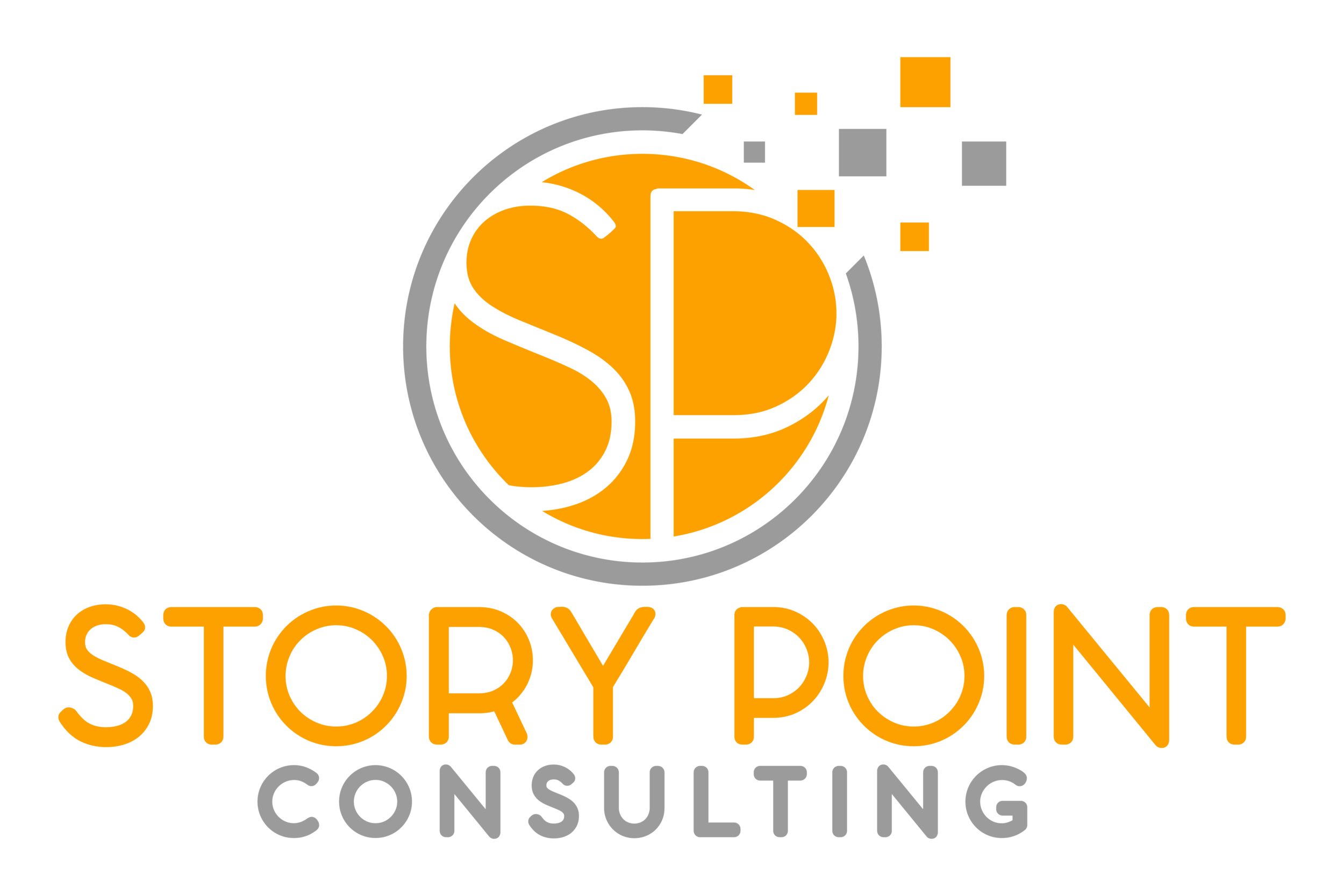Navigating Project-Based Grants: Strategies for Nonprofits
Many of the grants that are available to nonprofit organizations are project-based, which means that a funder is willing to provide financial support for a short-term project with a defined beginning and end. Navigating project-based grants does have a handful of challenges to overcome. In this article we will discuss common challenges when writing project-based grants and simple strategies to overcome them.
Handling funders who request new initiatives
To be successful at securing project-based grants, organizations have to come up with a suitable project that is aligned with the funder’s goals. So how do we come up with a suitable project? This can be challenging given that many funders request to fund new projects, or new initiatives, and not ongoing programs or operational funding. This is a difficult challenge to manage, but the task is not impossible to do. The good news is, you don’t have to come up with something new. A good project is simply one that aligns with the funders objectives. Therefore, it’s important that you feel confident in your ability to write your grant application in a way that highlights how your project aligns with the funder’s requirements.
Writing a clear and compelling grant application or proposal
When writing, the purpose is to create a strong grant application so that funders feel compelled to support the project you are applying for. A common reason that grant applications get declined is because the proposal is not well-written, or difficult to understand. For organizations that use technical language, you must write plainly and without technical terms. The same goes for organizations that use internal acronyms or jargon. While these terms may be familiar to staff and volunteers, they should be avoided in a grant application or proposal. Also, organizations must aim to create applications that are clear, and succinct. Grantmakers need enough information to clearly understand whether your organization is a worthy investment, but also not so much information that the purpose of your project gets lost. There are many nonprofits vying for funding, so it’s important to understand how to create a compelling application, or proposal for funders.
Developing a strong project budget
Oftentimes, we work with clients who did not receive formal training, or professional development on how to write grants and create project budgets, so this aspect of a grant proposal can be really intimidating. Furthermore, a poorly written budget puts your grant application at risk for being declined. So, how do you create a strong grant budget? And how do you decide how much money to request from the funder? Budgets can be a very challenging thing for organizations for a number of reasons. When creating your budget you do not want to over-ask, or over-reach with expenses since you may risk turning the funder off, but nonprofits also do not want to leave money on the table by under-asking. Furthermore, if your organization is successful in securing funding, often the funder will expect a report detailing that you spent the money in the way that you said you would in your original budget. A strategy for this challenge is to make sure that your budget is as accurate as possible so funders can trust that you are a credible organization. And most importantly that the costs you are requesting must be eligible for funding. With all of these factors to consider, it is important that your organization has a system on how to create a reliable budget for every grant application.
Demonstrating impact of your nonprofit project
Often, funders want to know what impact a nonprofit has in the community through their project. However, for those that work for small shops that do not serve thousands of people, how then do smaller organizations compete with the big shops, who are often applying for the same grants, when communicating impact? Communicating impact is really about how your nonprofit tells the story about how you’re making a difference in the world. It is important to be able to share your impact in a way that makes sense for your organization even if the number of people you serve is not very large. Many funders want to ensure that their investment will have a wide impact and there are ways to talk about your organization in your grant application that still makes your project an attractive one to support even if your impact seems small.
Crafting a grant proposal can be challenging, especially when creating a project-based application. However, learning the fundamentals of grant writing can benefit your organization's overall fundraising strategy and set your team up for success if you need to raise a large amount of funds for future initiatives.

